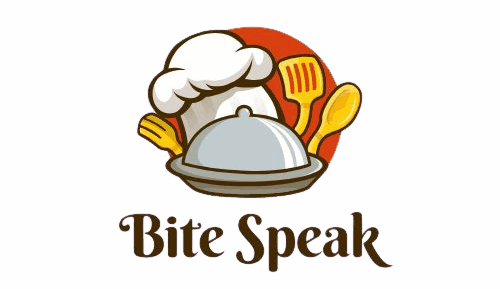15 Essential Kitchen Skills Every Cook Should Master
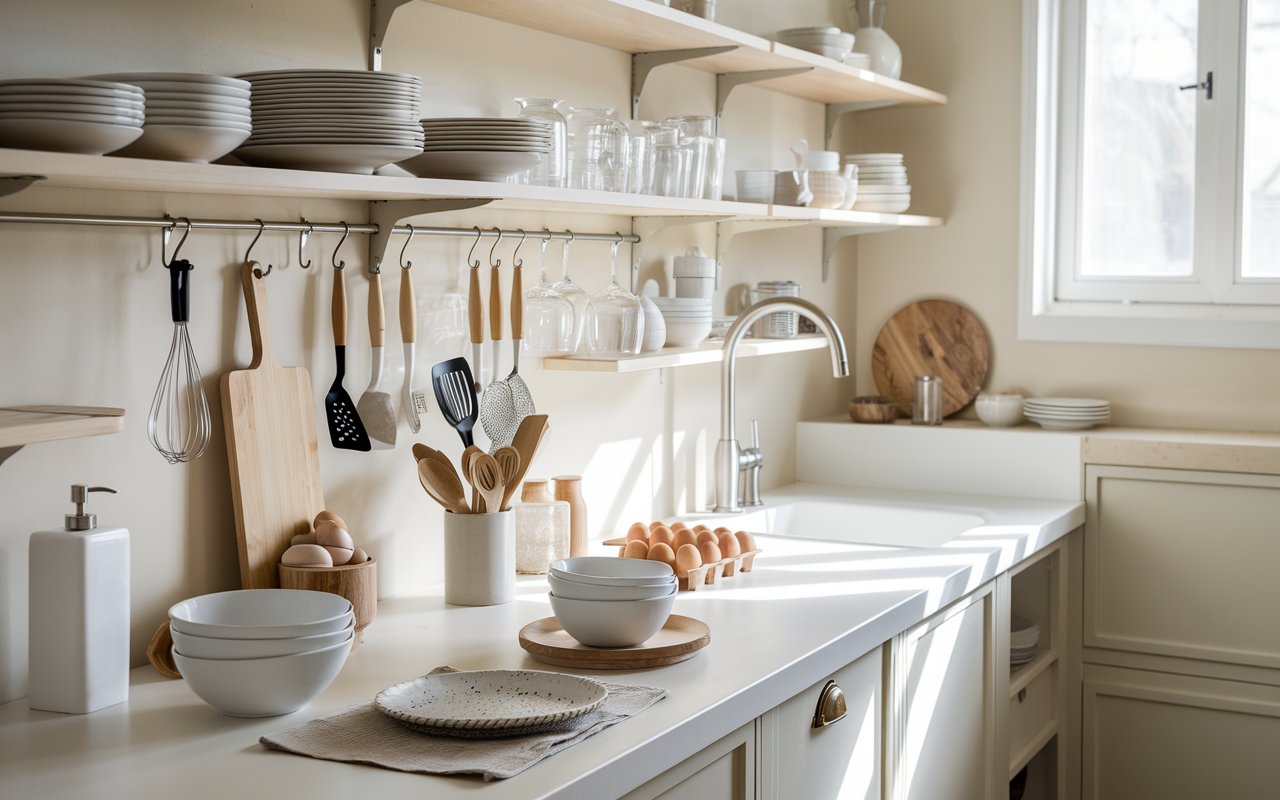
Every great cook begins with mastering essential kitchen skills that make cooking easier, safer, and more enjoyable. Whether you’re a beginner or looking to improve your culinary expertise, these skills will build your confidence in the kitchen and elevate your meals. From knife techniques to seasoning knowledge, these foundational abilities help you create flavorful and well-prepared dishes while reducing waste and time. Learn how to handle ingredients effectively, maintain a clean workspace, and optimize your cooking methods to save effort and enhance results. Explore these essential kitchen skills and take your cooking to the next level.
1. Knife Skills
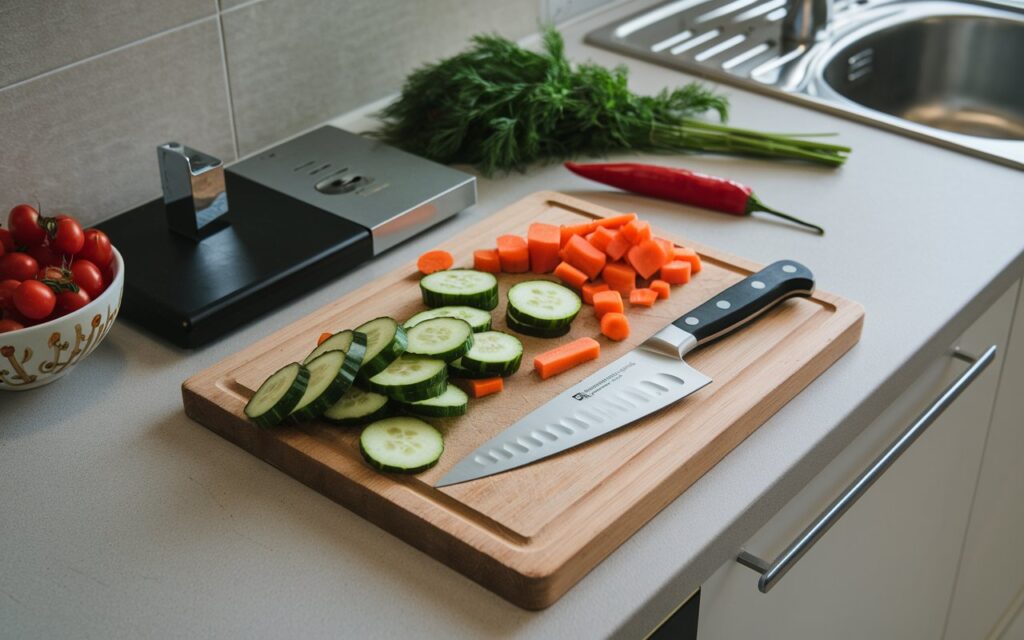
Understanding proper knife techniques is fundamental for efficient cooking. Learn how to hold a knife correctly and practice basic cuts like dicing, chopping, slicing, and julienning. Use a sharp chef’s knife and ensure your cutting board is stable. Mastering these skills improves precision, reduces prep time, and ensures safety. Consistent cuts also allow ingredients to cook evenly, enhancing the quality of your dishes. Additionally, maintaining proper knife care, such as regular sharpening and safe storage, prolongs its lifespan and keeps it reliable for daily use.
2. Making a Roux
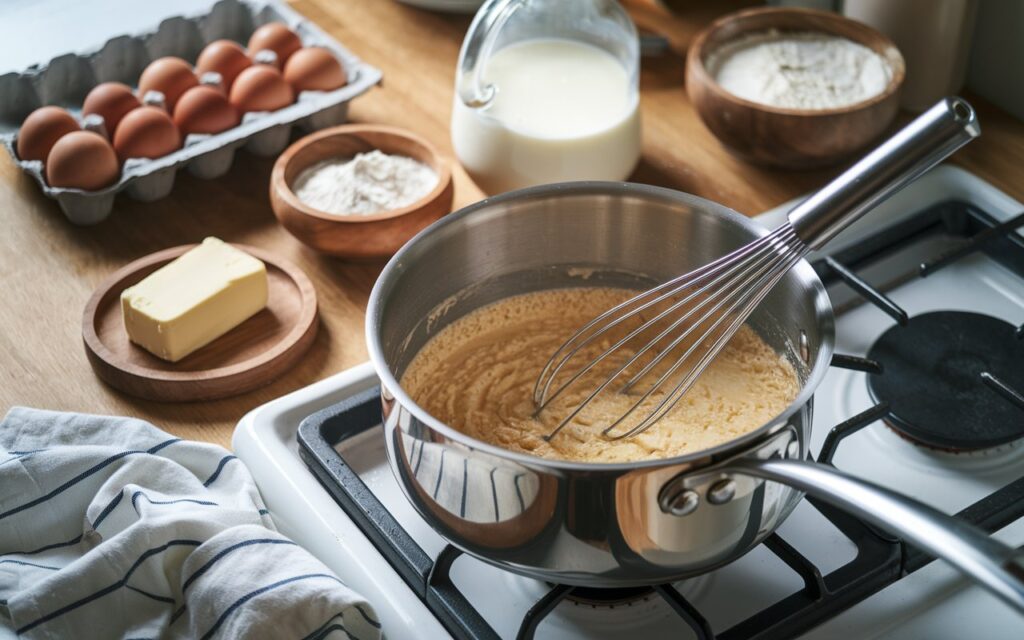
A roux is the base for many sauces, soups, and gravies. It involves cooking equal parts of fat (such as butter or oil) and flour over medium heat until smooth. Stir constantly for 1-2 minutes for a light roux or longer for a darker, nuttier flavor. Add liquid like broth or milk gradually to create a thick and velvety sauce. Learning this skill opens the door to creating creamy dishes like white sauce or savory stews. A well-made roux adds depth, richness, and consistency to your recipes, making it a versatile foundation in cooking.
3. Cooking Rice and Grains Properly
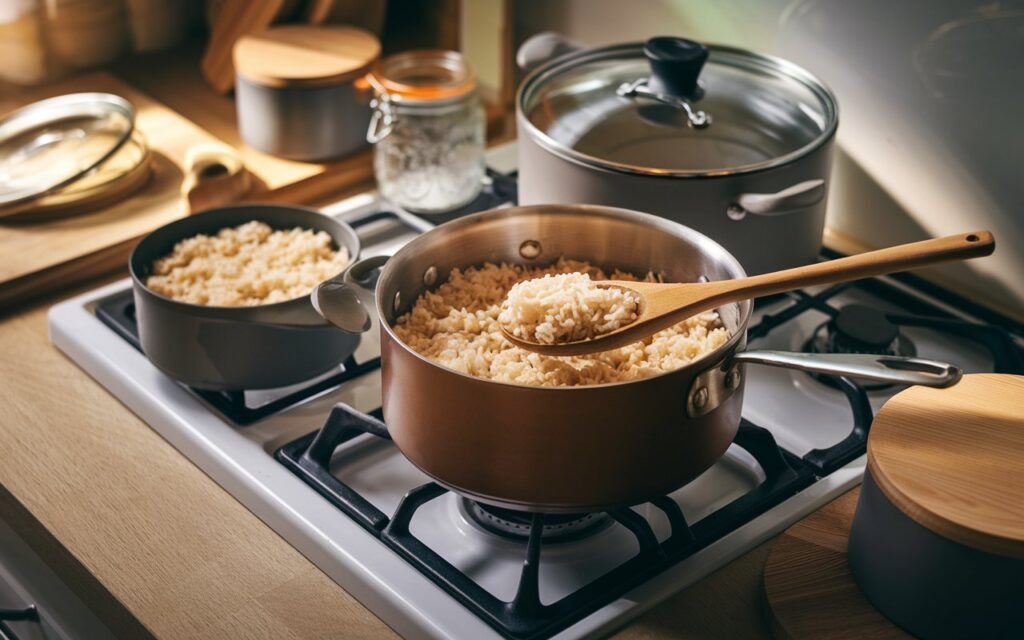
Achieving fluffy rice and wonderfully cooked grains is a cornerstone of many cuisines. Rinse grains like rice or quinoa to remove excess starch, and use the appropriate water-to-grain ratio. Simmer with a lid on low heat until the water is absorbed. Let the grains rest for a few minutes before fluffing with a fork. For added flavor, cook grains in seasoned water, broth, or with aromatic herbs and spices. Understanding this method ensures your side dishes complement your meals beautifully and adds depth to your culinary ideas.
4. Blending Spices
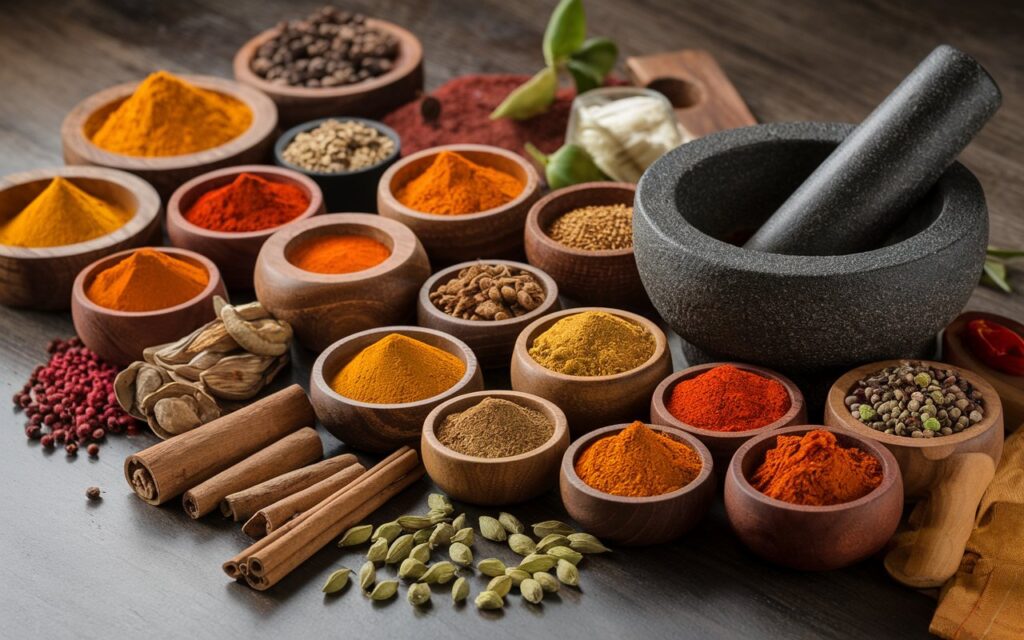
Balancing spices is key to creating flavorful dishes. Learn the role of different spices, such as cumin, turmeric, and paprika, and how they complement each other. Toasting whole spices before grinding enhances their aroma and flavor. Experiment with spice blends like garam masala or za’atar to create depth in your cooking. Incorporating freshly ground spices can elevate any dish, adding complexity and richness. This skill transforms simple ingredients into memorable meals and helps you master a variety of global cuisines.
5. Handling Meat Safely
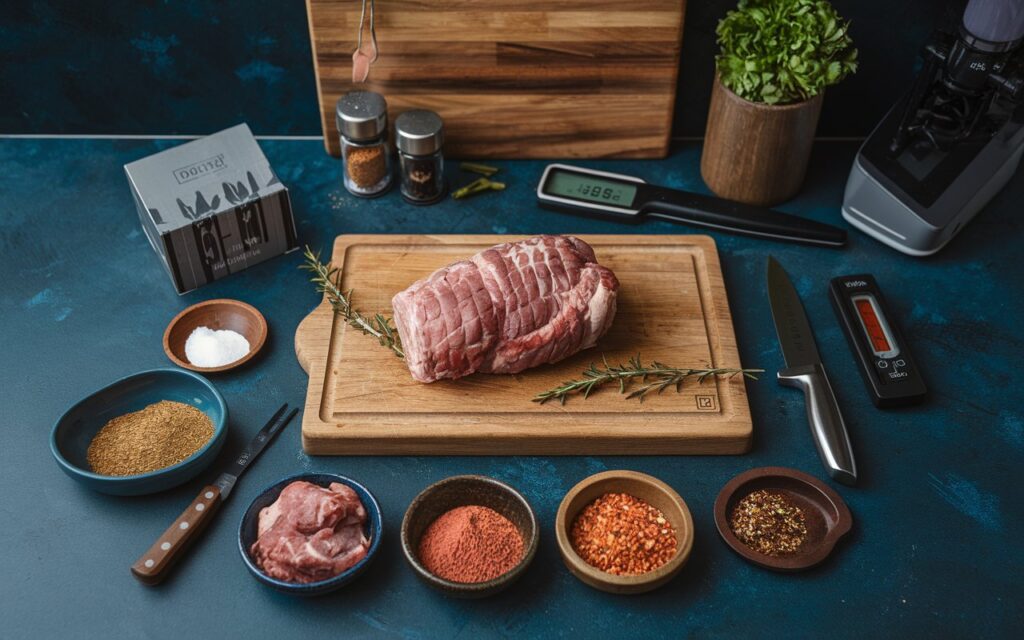
Proper handling of meat is crucial for safety and flavor. Always wash your hands and clean surfaces after handling raw meat. Use a meat thermometer to ensure the correct internal temperature for doneness. Rest cooked meat for a few minutes before slicing to retain juices. Trimming excess fat or silver skin improves the texture and taste of your dishes. Marinating meat beforehand can enhance tenderness and infuse rich flavors, elevating your recipes to the next level. Practicing these techniques ensures both safety and delicious results.
6. Cooking Vegetables
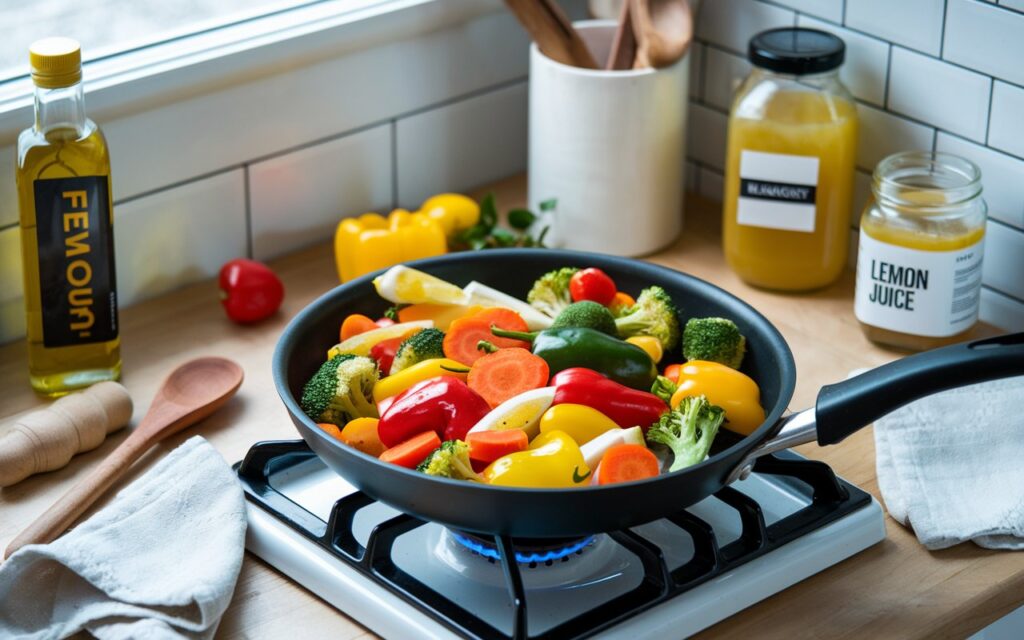
Cooking enhances the natural flavors of vegetables while maintaining their texture. Heat 1-2 tablespoons of oil in a pan over medium-high heat, then add evenly cut vegetables. Stir occasionally for even cooking, and season with salt, pepper, or herbs. Adding a splash of lemon juice or soy sauce can elevate the flavor profile. This technique is versatile, quick, and suitable for a wide variety of dishes, from stir-fries to pasta. Properly cooked vegetables retain their nutrients and bring vibrant colors to your meals, making them both healthy and visually appealing.
7. Baking Basics
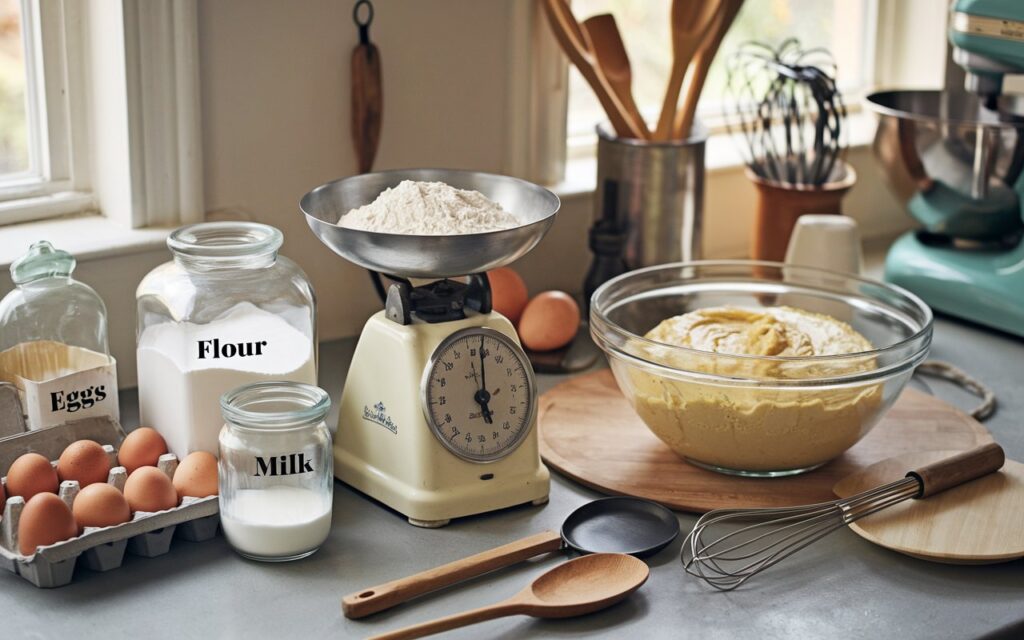
Baking requires precision and understanding ingredient functions. Learn how to measure ingredients accurately using cups, spoons, and a scale. Understand the role of leavening agents like baking powder or yeast and how they interact with other ingredients. Practice techniques like creaming butter and sugar or folding batter gently to avoid deflation. Using room-temperature ingredients can improve texture and consistency. These skills ensure consistent, delicious baked goods and help you experiment confidently with new recipes and flavors.
8. Making Stocks and Broths

Homemade stocks and broths add depth and flavor to soups, sauces, and rice dishes. Simmer bones or vegetables with water, herbs, and spices for several hours. Strain and cool before storing in airtight containers. This skill reduces waste by using scraps and enhances the taste of your cooking. Keep portions frozen for convenience in future recipes. Adding aromatics like garlic, onion, or bay leaves boosts flavor complexity, making your dishes even more satisfying. Homemade stocks provide a nutritious, flavorful base for countless culinary creations, ensuring depth and richness in every meal.
9. Whisking Emulsions
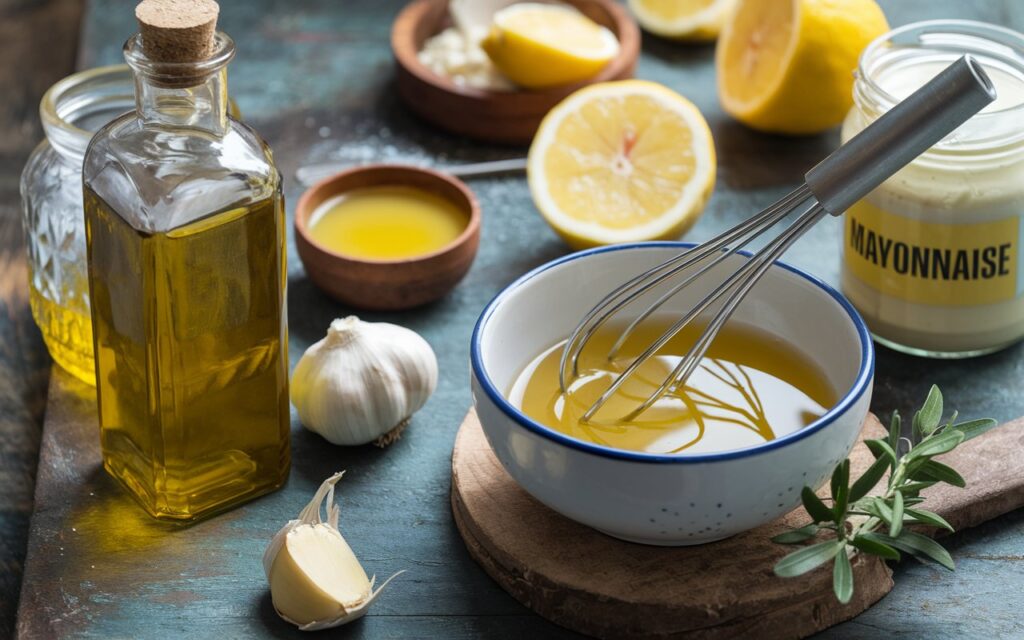
Creating smooth emulsions like vinaigrettes or mayonnaise requires steady whisking. Combine ingredients like oil, lemon juice, and garlic paste in a bowl and whisk vigorously until blended. For thicker emulsions, drizzle the oil slowly while whisking to ensure proper binding. Adding seasonings like herbs, spices, or a touch of honey enhances flavor complexity and depth. Use fresh, high-quality ingredients for the best results. Mastering this technique allows you to create dressings and sauces from scratch, adjusting flavors to suit your tastes. With practice, you’ll achieve a silky consistency that enhances your culinary repertoire.
10. Recognizing Cooking Temperatures
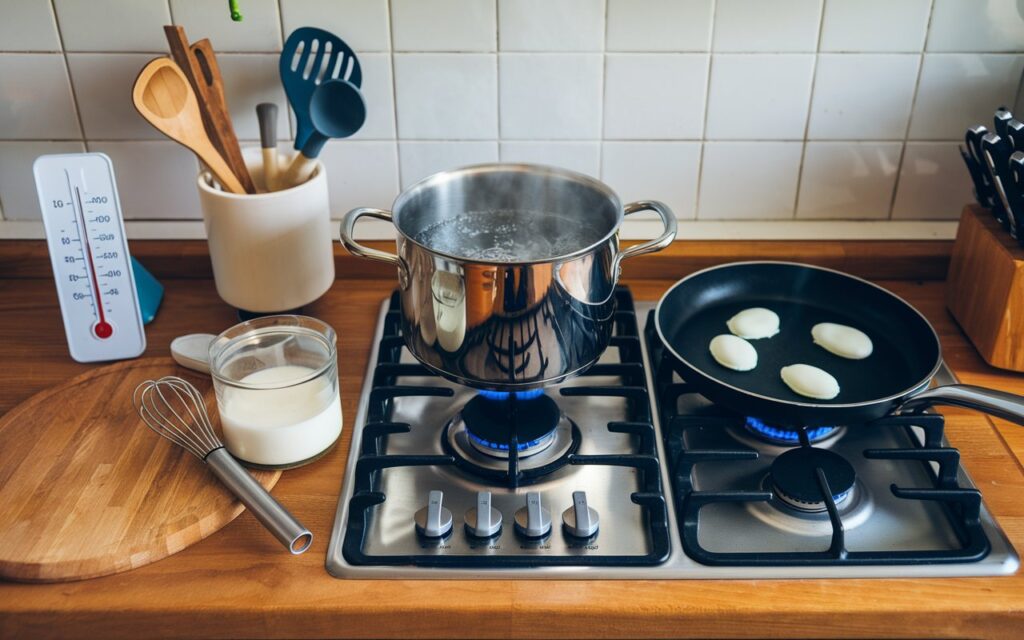
Understanding heat levels ensures your food cooks evenly and safely. Learn when to use low, medium, or high heat for different techniques like simmering, boiling, or searing. Use a thermometer to monitor meat or baked goods for accuracy and safety. For stovetop cooking, low heat works for simmering (140–160°F or 60–70°C), medium for cooking (300–375°F or 150–190°C), and high for searing (400°F or 200°C and above). Baking typically requires 325–450°F (165–230°C), depending on the recipe. Mastering heat control prevents burning or undercooking and improves texture, flavor, and presentation. This skill ensures consistent results and enhances the quality of your culinary examples.
11. Storing Ingredients Correctly
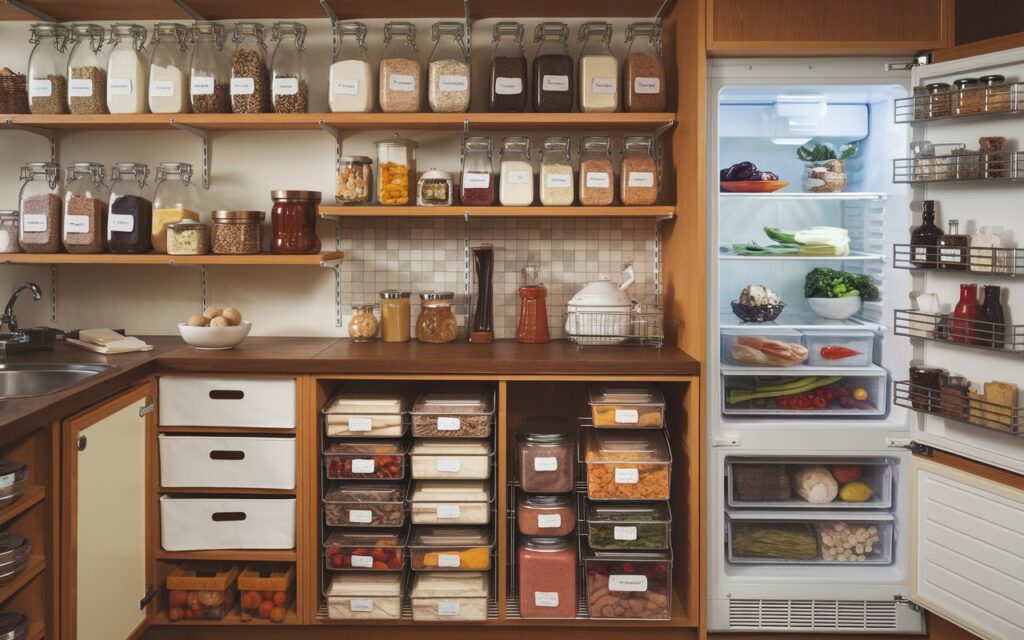
Proper storage extends the shelf life of fresh produce, spices, and pantry items. Keep herbs in a glass of water in the fridge, store potatoes in a cool, dark place, and use airtight containers for grains. Refrigerate perishable items promptly and avoid overcrowding to ensure proper airflow. Label and date leftovers to reduce waste and make meal planning easier. Use spice racks or drawers to keep seasonings organized and within reach. Organizing your kitchen efficiently makes meal preparation smoother and reduces food spoilage. These habits also help maintain the freshness and quality of ingredients, enhancing the overall cooking experience.
12. Kneading Dough
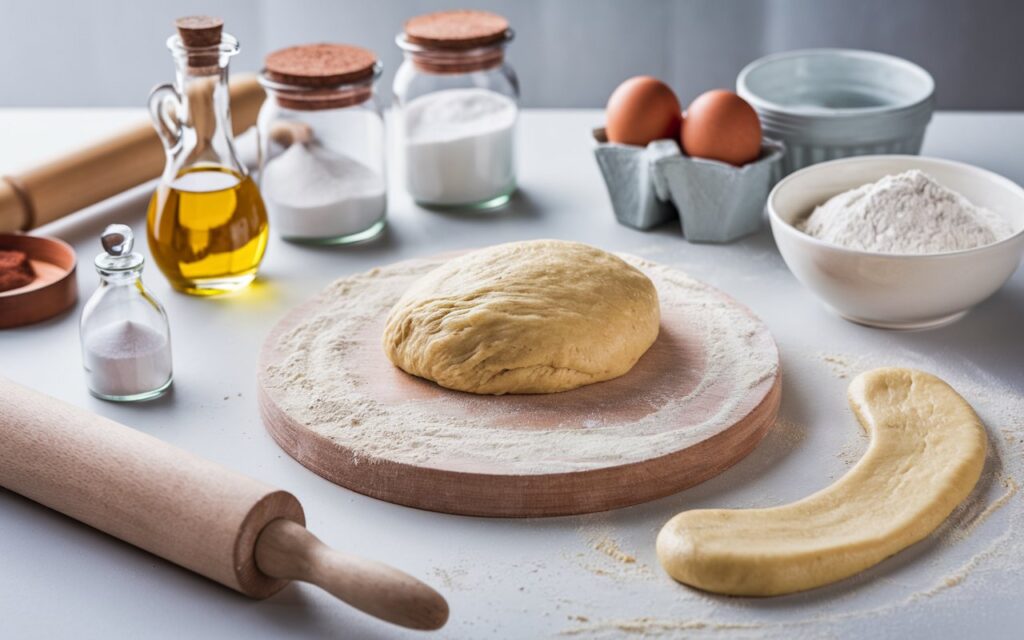
Kneading is essential for creating elastic dough in bread, pizza, or pastry. Use the heel of your hand to push the dough forward, fold it back, and repeat. Proper kneading develops gluten, ensuring a chewy texture and good structure in baked goods. Sprinkle flour lightly to prevent sticking without over-drying the dough. Recognize when the dough is ready by its smooth, elastic feel and slight springiness when pressed. Kneading evenly also helps distribute ingredients like yeast and salt for balanced flavor. Mastering this technique ensures consistent results and improves the quality of your baked meals.
13. Poaching Eggs

Poaching eggs creates a delicate and healthy option for breakfast or salads. Bring water to a gentle simmer and add a pinch of salt to help the egg whites set quickly. Crack an egg into a small bowl, then carefully slide it into the water near the surface. Use a spoon to gently shape the whites around the yolk if needed. Cook for 3-4 minutes until the whites are firm and the yolk is runny. Remove with a slotted spoon and drain on a paper towel. Poached eggs add a touch of elegance to dishes like avocado toast, grain bowls, or fresh salads. This skill enhances your ability to prepare versatile and visually appealing meals.
14. Caramelizing Sugar
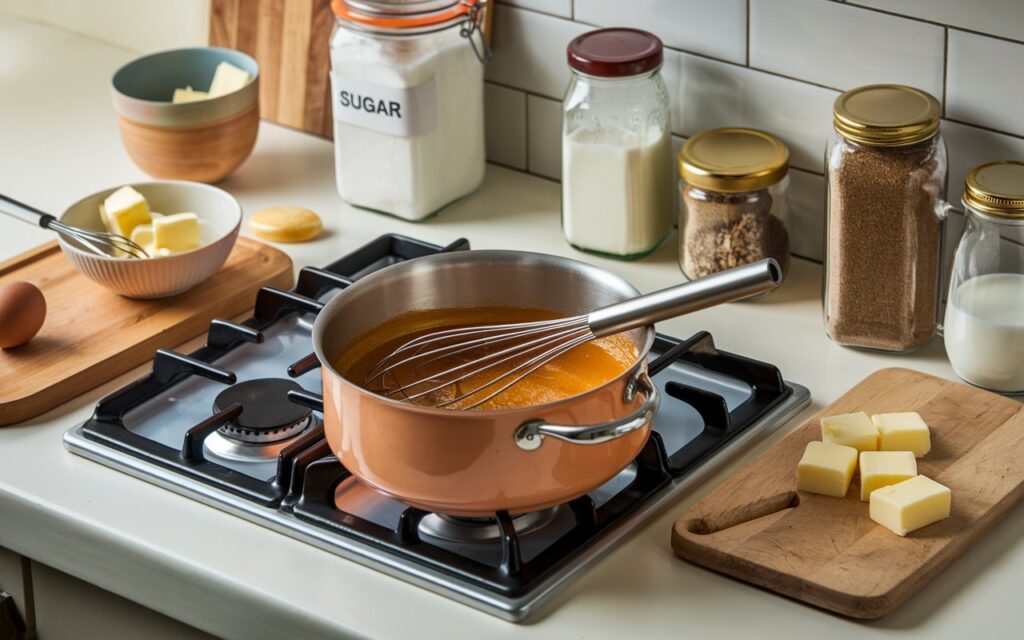
Learn the skill of caramelizing sugar for desserts and sauces. Start by heating sugar in a dry, heavy-bottomed pan over low to medium heat. Stir gently as it melts and turns golden. For a wet method, dissolve sugar in a small amount of water and simmer until it caramelizes. Adding cream or butter transforms it into a smooth caramel sauce. Use it for confections, glazes, or savory dishes like caramelized onions. This technique enhances both sweet and savory recipes, adding depth and complexity to your cooking. Mastering this skill lets you create a range of decadent, flavorful dishes.
15. Maintaining a Clean Workspace
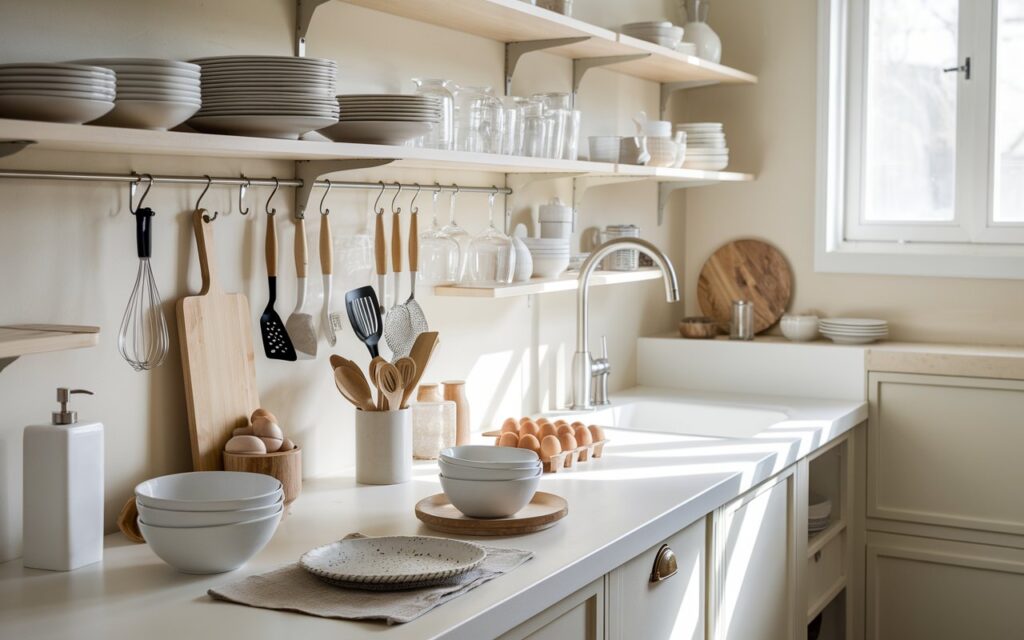
Maintaining a clean workspace improves efficiency and reduces stress in the kitchen. Wash utensils, bowls, and cutting boards promptly and wipe counters as you cook to prevent messes from piling up and creating clutter. Organize ingredients beforehand, ensuring everything is within reach, and return items to their places once used. Keeping surfaces clean and tools ready not only saves time but also creates a more pleasant and hygienic cooking environment. This simple habit makes meal preparation smoother and more enjoyable, leaving you focused on the joy of cooking.
